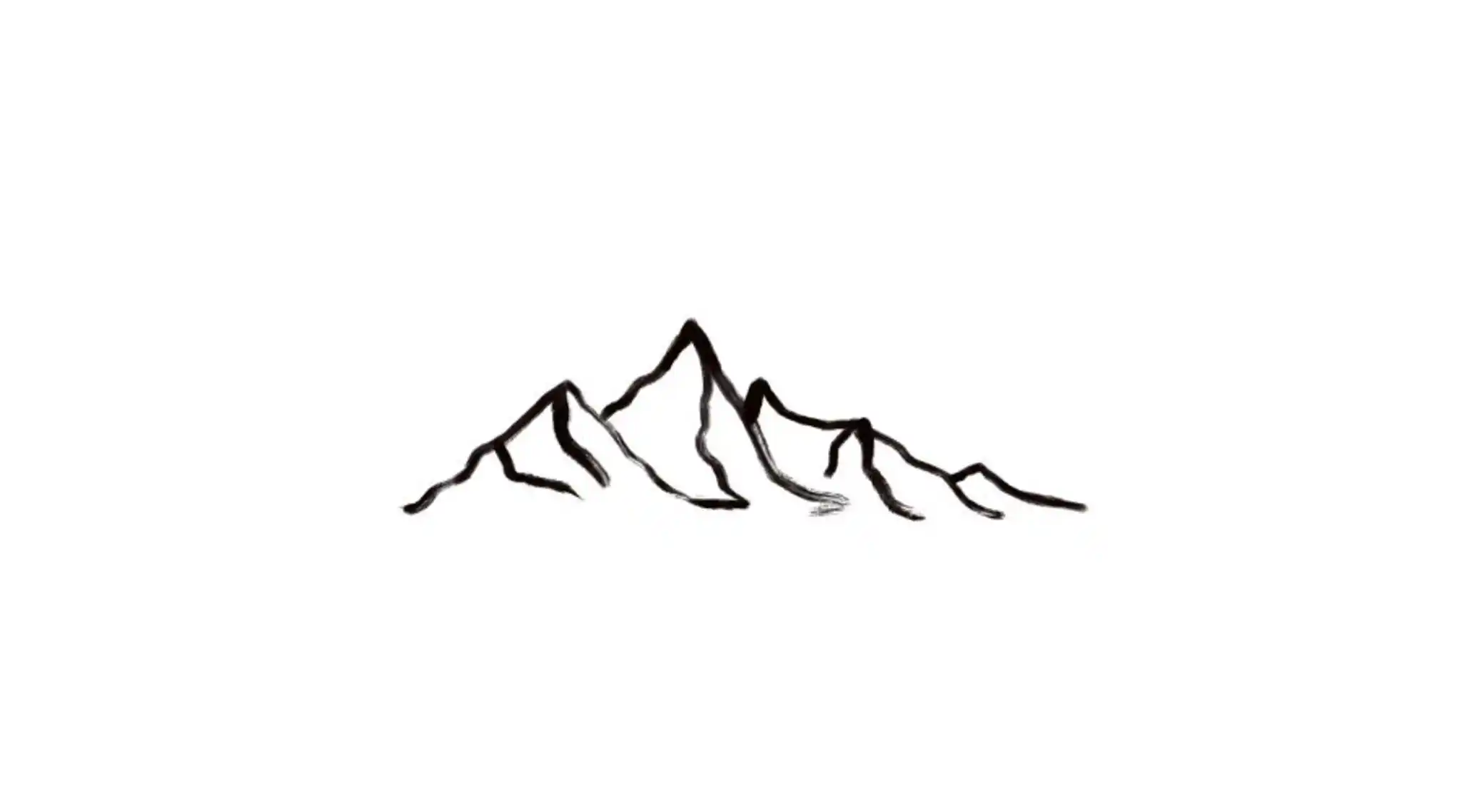
Classic Safari
An incredible itinerary exploring the bustling cities of Peru followed by tracking through the Peruvian Amazon rainforest in order in search of the incredible flora and fauna which calls this area home.
Drift down the Amazon’s tributaries in search of pink river dolphins and watch condors sail on the thermal currents of the Colca Canyon. Climb through the ruins of distant civilisations to tap into your inner ‘Indy’ and watch the red gleam of caiman eyes in your torchlight. The country’s geography encompasses around 80% of the world’s different ecosystems and is absolutely full of wildlife: from the primates and wildcats of the Amazon, to the spectacled bears of the cloudforest. With a dizzying numbers of biomes, bird species, and ancient sites, we can take you deeper into the rainforest and further into the mountains and along the coast to experience the best of Peru.
Drift down the Amazon’s tributaries in search of pink river dolphins and watch condors sail on the thermal currents of the Colca Canyon. Climb through the ruins of distant civilisations to tap into your inner ‘Indy’ and watch the red gleam of caiman eyes in your torchlight. The country’s geography encompasses around 80% of the world’s different ecosystems and is absolutely full of wildlife: from the primates and wildcats of the Amazon, to the spectacled bears of the cloudforest. With a dizzying numbers of biomes, bird species, and ancient sites, we can take you deeper into the rainforest and further into the mountains and along the coast to experience the best of Peru.

An incredible itinerary exploring the bustling cities of Peru followed by tracking through the Peruvian Amazon rainforest in order in search of the incredible flora and fauna which calls this area home.

Lima, Cuzco, Machu Picchu, Lake Titicaca, Colca Canyon, the Amazon, the Nazca Lines – it's all here (and more) in an action-packed three-week journey that allows travellers to fully immerse themselves in the natural and cultural wonders of Peru.

Located at 12,795 feet, Salkantay Lodge & Adventure Resort takes its name from the sacred most sacred peak in Inca mythology, which stands tall at a spectacular 20,500 feet. Welcoming you with a hot tub and fantastic views of an enormous glacier-cloaked mountain, this luxurious weigh station is on a lesser known route to Machu Picchu.

For a 3-week safari sweeping through the southern half of the country, staying at a careful selection of the finest boutique hotels and eco-lodges, with private road transfers, all other internal transportation, and largely privately guided experiences, expect to pay from around $7,000 per person.
While staying in the heart of the jungle, most people probably wouldn’t expect their bedroom to have a wall that’s open to the forest, but our favourite lodges have exactly this feature. Built in the traditional indigenous style, the spacious rooms are open-sided to provide cooling ventilation, but also elevated from the forest floor to discourage too much in the way of the local fauna joining you at night. In the cities, some of the most striking accommodations are sensitively converted colonial mansions in cities like Cusco and Arequipa. The boutique hotel concept has been well embraced in Peru, and there are some delightfully unique places to stay in the more bohemian areas of Lima as well as in more rural locations such as Colca and Titicaca.
The best time for you to go to Peru will depend on where you want to go and what you want to see, although May to October tend to be peak. Read more about when to go.

The remote location of Machu Picchu high up on a mountainside in the Sacred Valley rules out straightforward access by road, so either your route into or out of Machu Picchu will involve taking the train to/from Aguas Calientes (aka Machu Picchu Pueblo) – a town that’s swelled around the station at the base of the valley.
We had a wonderful trip to Peru. Tristan and Lorna were very helpful and helped us with every question we had. Our trip was perfectly planned – it was the second time we travelled with NWS and we were satisfied with our trip from beginning to end.

Beyond the Ordinary
While Machu Picchu often steals the spotlight, we go further, into the heart of the rainforest, to lesser-known Inca sites, and across vast highland plateaus. Whether you’re tracking wildlife in Tambopata or stargazing in the Sacred Valley, our safaris take you well beyond the typical tourist trail.

Wealth of Experience
With years of experience crafting tailor-made journeys across Peru, our team knows how to unlock the best of this diverse country, from the Amazon to the Andes. We work with expert naturalists, cultural historians, and trusted local guides to ensure each safari is seamless and insightful.

Tailor-Made Travel
Your Peru journey is built around your interests, travel style, and pace. From remote eco-lodges in the Amazon to luxury mountain hideaways, we create bespoke itineraries that balance comfort, culture, and wild exploration, always with private transfers and personalised support throughout.